 |
Museum Home >>
Tattoo History >>
Tribal
Tattoos >> Philippines
>> Philippine Tattoos
Tattoos in the Philippines
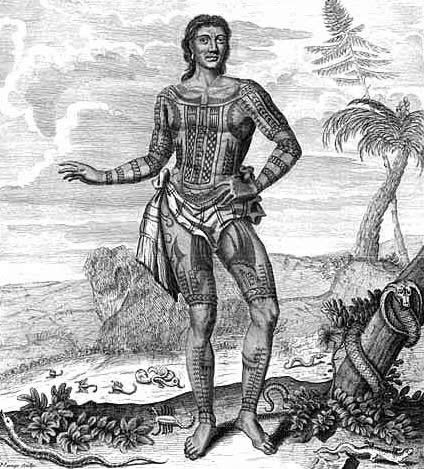
Prince Giolo (1697)
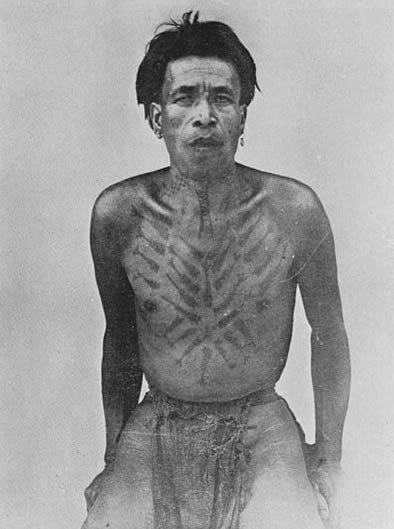
Early Bontoc tattoos
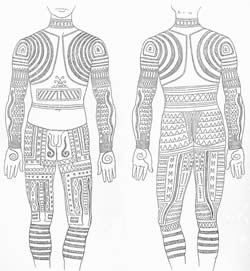
Traditional Ibaloi burik, drawing by Hans Meyer, ca.
1880. Many figurative designs such as lizards, snakes, scorpions, and
anthropomorphs are incorporated into the overall burik design. Although
many Ibaloi headhunters took heads home in their day, only the bravest
warriors drank from the sacred rice wine and human brain beverage that
would make them more powerful! |
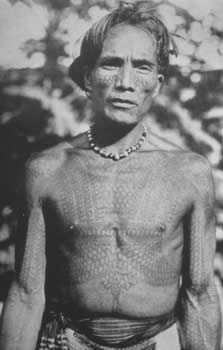
Kalinga bikking (chest tattoo), ca. 1900. This chief, as
evident by his complex markings, took many a head. He is fortified in a
tattooed skin of centipede scales (ufug). |
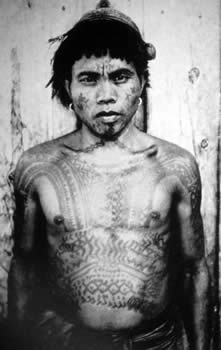
Elaborate Bontoc Igorot tattoo, ca. 1900. Sometimes
Bontoc facial tattoos also represented totems, usually of animals, which
were protective in nature. |
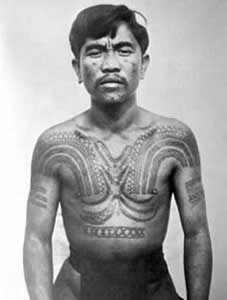
Bontoc Igorot
chaklag, ca. 1900. His facial markings indicate his
status as a warrior of the highest rank. |
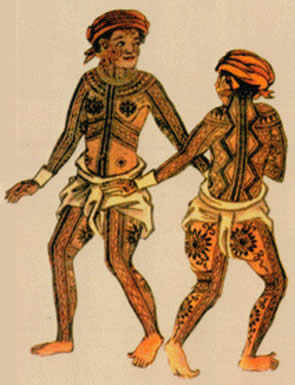
Visayan "Pintados" (the Painted Ones)
Boxer Codex, 1590
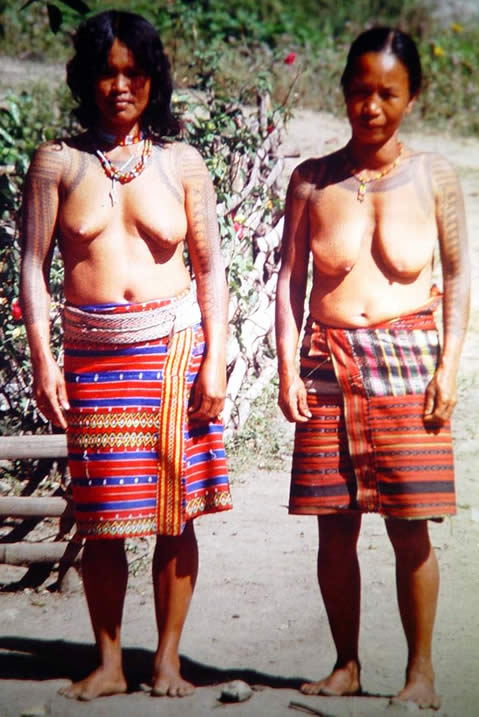
<< BACK
NEXT >>
Polynesia |
 |
